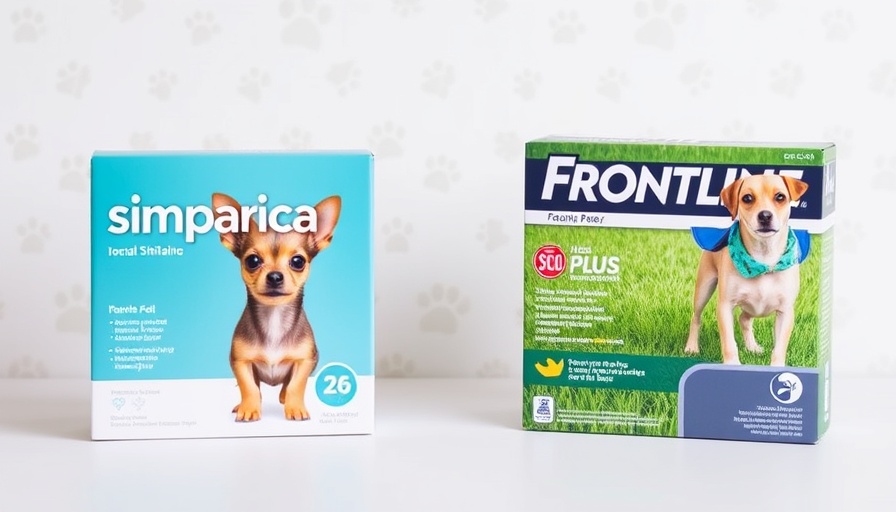
Understanding Your Dog's Bathing Needs
As a new pet parent, one of the most pressing inquiries you might find yourself contemplating is: how often should I bathe my dog? While the answer can be complex and varied, determining the right bathing frequency hinges largely on your dog’s breed, coat type, environment, and overall health. Let’s dive deeper into these factors to help you establish an effective bathing schedule for your furry friend!
Factors Influencing Bathing Frequencies
When considering your dog's bathing frequency, it's essential to take several key factors into account:
1. Breed Matters
The breed of your dog plays a significant role in dictating its bathing needs. For instance, breeds like Golden Retrievers and Labradors have water-resistant coats, which means that frequent bathing could strip their fur of crucial oils and compromise their natural insulation. Conversely, breeds prone to skin folds, such as Bulldogs or those with dense undercoats like Huskies, might benefit from more regular baths to prevent skin issues.
2. Coat Length and Type
The length and texture of a dog’s coat significantly influence how often they should be bathed. Long or medium-haired dogs typically require baths every four to six weeks to prevent dirt accumulation and matting. Short-haired breeds, in contrast, may only need bathing once every two to three months unless they engage in activities that create excessive dirt buildup. Utilizing pet-specific wipes can keep their fur clean between baths!
3. Seasonal Considerations
Seasonal changes also affect how frequently your pup may need a bath. During warmer months, increased bathing can help your dog remain comfortable and clean. In contrast, during colder months, less frequent baths may be necessary to protect against dry skin.
4. Lifestyle Choices
Your dog's lifestyle will often dictate its bathing requirements. A pup that loves outdoor adventures—digging, splashing in puddles, and rolling in who-knows-what—may require more frequent baths to maintain skin health. Conversely, indoor dogs may only need baths when they begin to smell or exhibit greasiness in their coats.
5. Health Factors
Always consider your dog's unique health conditions. If your pet suffers from skin problems, you may need to adjust bathing frequency or use specialized products as advised by your veterinarian. Dermatitis or other skin conditions may necessitate medicated shampoos, thus requiring a tailored bathing schedule.
Best Bathing Practices for Pet Care Dictated by Experts
Consulting with veterinarians and groomers can provide tailored advice based on your dog's specific needs. Many experts suggest that dog parents keep an eye on their pet's skin. Regular grooming, particularly for long-haired breeds, is just as crucial as bathing. Groomers recommend brushing several times a week to carefully untangle knots and remove dead hair and dirt.
Actionable Insights: Crafting Your Bathing Routine
Creating a sustainable bathing regimen for your dog involves understanding their individual needs. Here's a guideline to help:
- Long-haired dogs: Bathe every four to six weeks, supplemented by regular brushing.
- Short-haired dogs: Aim for every two to three months unless dirt or odor necessitates more frequent washing.
- Outdoor active dogs: Pay attention to lifestyle demands—more frequent baths might be essential.
- Monitor skin health: Watch for signs of irritation, dryness, or other health issues that could require a shift in bathing habits.
Why This Knowledge is Vital for All Pet Owners
Understanding the specific needs of different dog breeds and their grooming requirements not only enhances their comfort but also contributes to their overall health and happiness. Whether you’re a veterinarian, trainer, or passionate pet parent, integrating this knowledge can lead to better care practices, promoting a healthier relationship between you and your beloved companion.
In conclusion, crafting an effective bathing schedule requires insight into several variables, from breed to lifestyle. By respecting these factors, you can ensure your furry friend remains clean, comfortable, and in great health.
For more tips on pet care, grooming, and health, don't hesitate to connect with fellow pet professionals or dive deeper into resources from pet care organizations!
 Add Row
Add Row  Add
Add 




Write A Comment